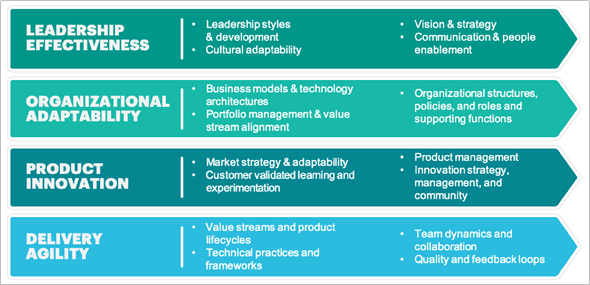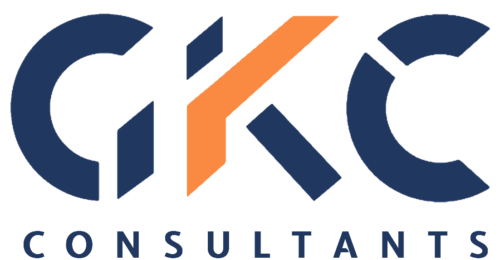As Managers, you have to wear many hats and also stay thoroughly updated with the latest trends in construction technology, materials, and methods.
1. Building Information Modelling (BIM)
The importance of BIM is evident in its application itself. In the age of digitalisation, BIM is definitely the need of the hour. It brings more efficiency in planning, designing, coordinating, and constructing mega-projects. With BIM (3D) already made mandatory in most of the countries, the next evolution of BIM will need to deliver more predictability & seamless coordination in terms of time, cost, sustainability, and safety i.e., 4D, 5D, 6D & 7D BIM. 78% of manufacturers believe BIM is the future of project information. BIM is the platform source that you as a Project Manager need for integration of all ideas, designs, functions as well as operations.
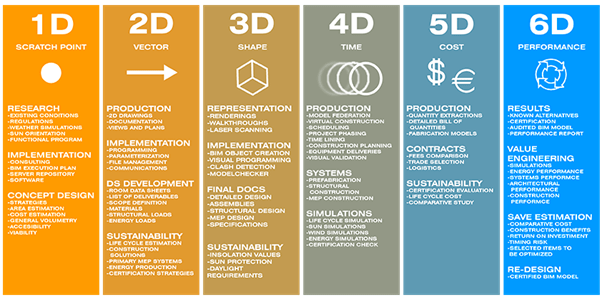
2. Project Management Software
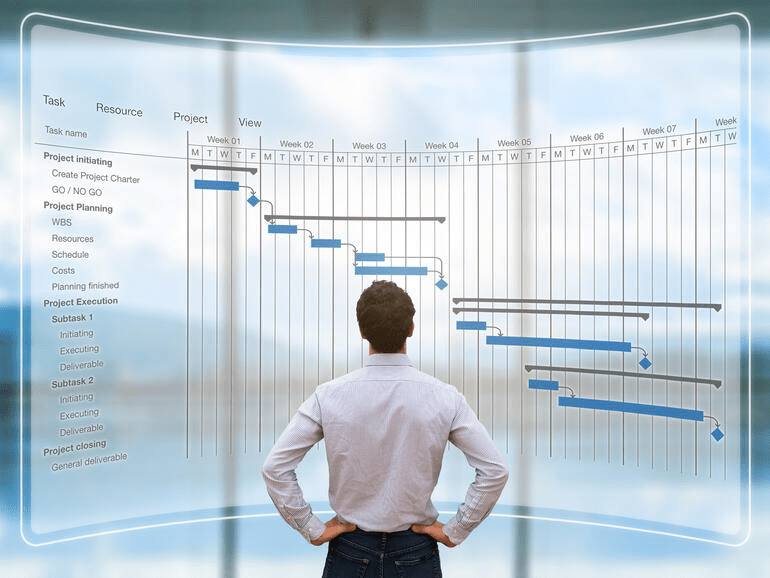
With larger & diversified teams working on construction projects, real-time collaboration, monitoring and updating becomes necessary. Project management software helps to optimize performance on construction projects.
These Project Management softwares are specially designed to enhance the aptness of Project Managers to schedule, collaborate with resources, track progress, and communicate project status to the respective stakeholders. It enables the project team members to work in real-time basis with more efficiency, transparency, and accountability in construction.
In the construction industry, 95% of data is thrown away or not collected at all, project management software enables data-driven decision making which can help prevent time & cost overruns.
With larger & diversified teams working on construction projects, real-time collaboration, monitoring and updating becomes necessary. Project management software helps to optimize performance on construction projects.
These Project Management softwares are specially designed to enhance the aptness of Project Managers to schedule, collaborate with resources, track progress, and communicate project status to the respective stakeholders. It enables the project team members to work in real-time basis with more efficiency, transparency, and accountability in construction.
In the construction industry, 95% of data is thrown away or not collected at all, project management software enables data-driven decision making which can help prevent time & cost overruns.
3. Virtual Reality & Augmented Reality
VR has long been used by builders & developers to pitch architectural ideas & designs to their clients before sales or any investment is made. But now, beyond architecture and design, this technology can be used during construction also. Through simulation & VR Headsets, workers are trained on how to safely operate machinery, enhancing productivity and efficiency. AR enhances what we see through data and information. For construction firms investing in BIM, mixed reality is the next step. Mixed reality is a technology that merges virtual reality and the real world through immersive technology, allowing you to see the real environment overlaid with holographic data from a 3D model. In fact, both AR and MR are considered a revolutionary trend in construction because they allow builders to project and plot their sites before they ever break ground & provides more accurate measurements and material details, while reducing the risk of errors.

4. Lean Six Sigma
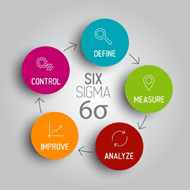
“Lean is more of a philosophy than a process”. Inspired by Toyota’s way of work in the manufacturing sector, Lean practices are fast catching attention in the construction sector. In an industry where budgets, timeframes, and safety are all critical, lean construction is the need of the hour to minimize waste and increase customer value. In order to make this successful, all stakeholders will need to work together to remove any unnecessary labour, equipment, or materials. Eliminating the 8 deadly wastes (Muda) must be the aim of all stakeholders in a project. The Lean Six Sigma methodology is what guides one through an organized process of inquiry, analysis, problem identification and solution creation. Many of the tools and techniques can be applied to everyday problems and issues. Lean Six Sigma is a continuous improvement methodology for an organization. Hence, we strongly recommend this to organisations and their Managers.
order to make this successful, all stakeholders will need to work together to remove any unnecessary labour, equipment, or materials. Eliminating the 8 deadly wastes (Muda) must be the aim of all stakeholders in a project. The Lean Six Sigma methodology is what guides one through an organized process of inquiry, analysis, problem identification and solution creation. Many of the tools and techniques can be applied to everyday problems and issues. Lean Six Sigma is a continuous improvement methodology for an organization. Hence, we strongly recommend this to organisations and their Managers.
5. Agile Transformation
Agile, loosely defined, is the “ability to move and think quickly and easily”. The agile transformation definition is as an act of transforming an organization’s form or nature gradually to one that is able to embrace and thrive in a flexible, collaborative, self-organizing, fast changing environment. In the fast-changing world, especially in COVID Era as Project Managers, we can no longer afford to ignore Agile.
The benefits of incorporating Agile Transformation are numerous namely the flexibility its offers, putting business values at priority, Cost control and Risk reduction, Continuous improvement along with delivering frequent value and allowing complete transparency by communication and engagement.
